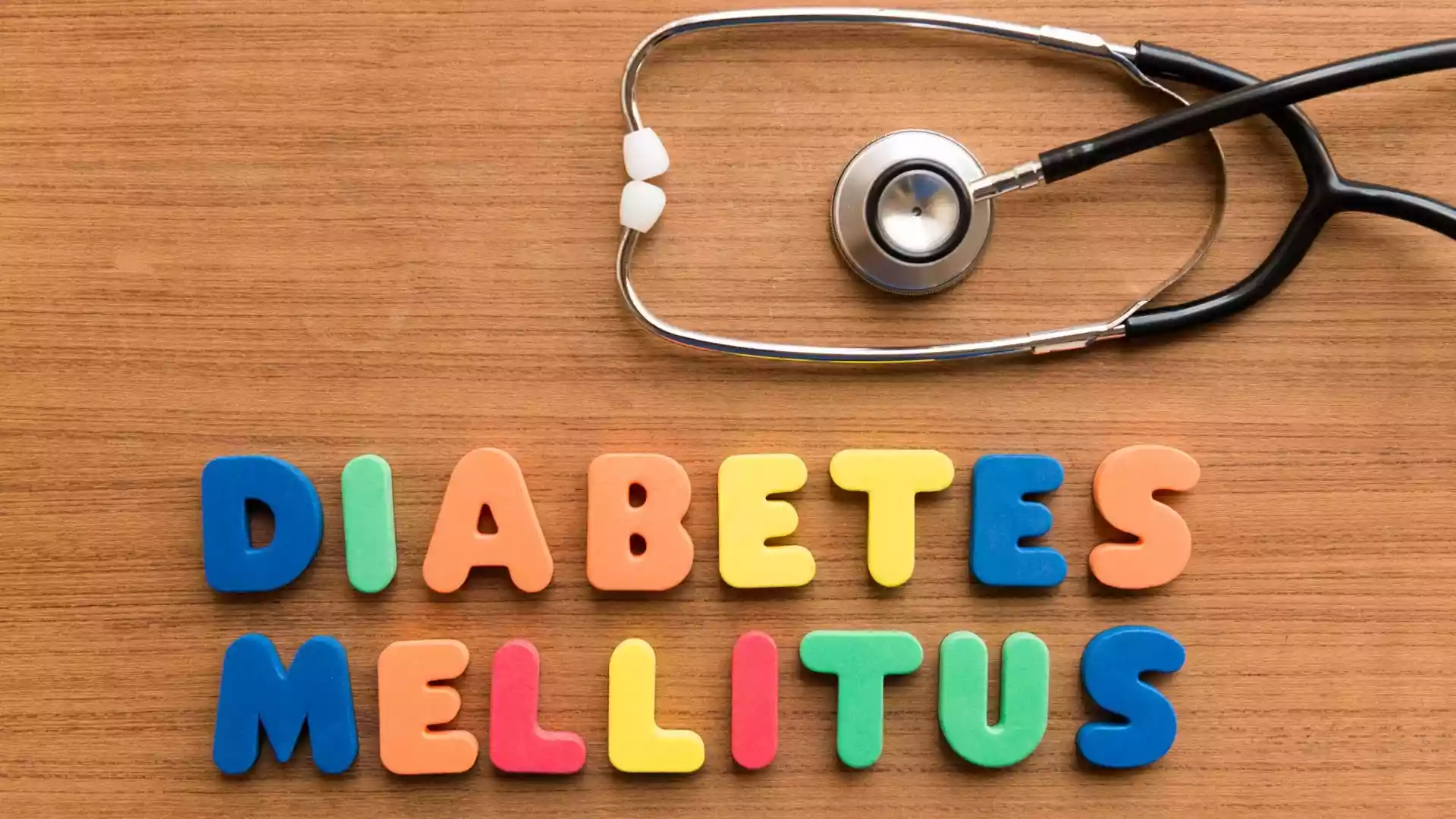
Diabetes mellitus is one disease that we occasionally come across in our practice.
It is one of the diseases which can give a lot of complications if not diagnosed early.
Globally, World Health Organisation estimates that about 422 million adults were living with diabetes in 2016.
It was estimated that in the same year, about 1,6 million deaths were directly caused by diabetes, making the disease the seventh leading cause of deaths in the same year.
According to the Zimbabwe International Diabetes Federation, there were 99 400 cases of diabetes in Zimbabwe in 2017. So many people succumb to this condition every year, but it is usually due to complications which could have arisen.
What is diabetes mellitus
This is a type of disease that affects how your body uses blood sugar or glucose.
To control your weight, uses glucose as energy and make cells more sensitive to insulin.
- Health talk: Covid-19: Remain vigilant as Omicron roams
- Health talk: Covid-19: Remain vigilant as Omicron roams
- Zim health system is in intensive care: How it got there
- Measles threat growing
Keep Reading
Race: Although it is unclear why, people of certain races, including black people, Hispanics, American Indians and Asian-Americans, are at higher risk
Gestational diabetes: If you developed gestational diabetes when you were pregnant, your risk of developing prediabetes and Type 2 diabetes later increases. If you gave birth to a baby weighing more than 4kg, you stand very high chances of Type 2 Diabetes.
Abnormal Cholesterol and Triglyceride levels: People with high levels of triglycerides have an increased risk of developing Type 2 Diabetes.
Complications of diabetes mellitus
Diabetes complications may be disabling or even life-threatening. The following are some of them:
Kidney damage may arise from damage to the glomeruli with resultant failure to pass urine or with very little urine formation which may require dialysis or even kidney transplant. It is wise that patients undergo Kidney Function Tests at least once a year. This is a simple blood check done in both public and private laboratories.
Eye damage: Diabetes can damage the blood vessels of the retina, potentially leading to blindness. Cataracts and high intraocular pressure may arise as well. Please visit your eye specialist at least once a year
Nerve damage: This can result in tingling, numbness, burning or pain that usually begins at the tips of the toes or fingers and gradually spreads upward. Foot damage: Nerve damage in the feet or poor blood flow to the feet increases the risk of various foot complications. Diabetic feet can result in toe, foot or leg amputation. Avoid tight shoes which can give rise to ulcers.
Diagnosis of diabetes mellitus
With the availability of simple testing machines, diabetes can be tested easily. It is thus important for a family to have one such machine, the Glucometer. It needs a simple prick where very little blood is put on the glucostrip and result comes within six seconds. Get yourself your Glucometer machine. It costs around US$40 and this can save lives. A random blood sugar level of higher than 11.1 mmol/L suggests diabetes regardless of when one last ate. A Fasting sugar of greater than 7mmol/L may point to diabetes.
Many people with diabetes get into problems of collapse which usually comes because of too low sugar, a condition called Hypoglycaemia. This can come because of overdosing self, fasting, doing excessive exercises, infections. Please if a diabetic starts to shiver or is tremulous, sweating with generalised weakness, be wary about low sugar and give sugary things. Always move around with sweets or glucose in the bag.
- Dr Johannes Marisa can be reached at doctormarisa@gmail.com










